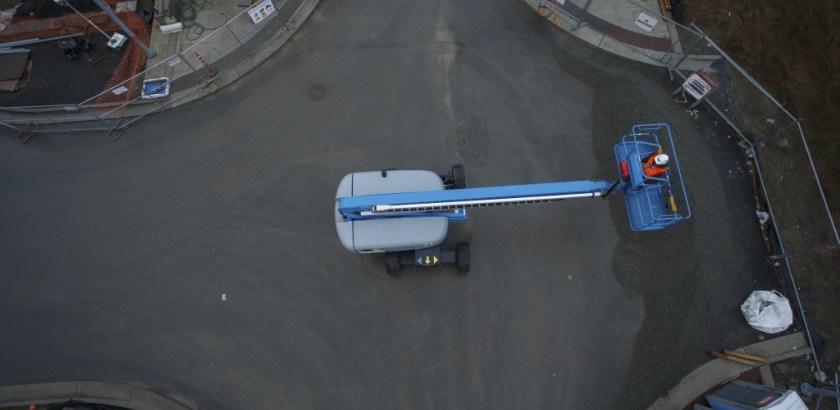Language and Terminology Changes in the ANSI A92 and CSA B354 Standards Updates
by Harrison Jenkins - Director of Global Design Engineering On Apr 20, 2017, 03:00 AM
Subscribe To Aerial Pros
Filter by tags
ANSI A92 and CSA B354 standards are about to get a facelift. Pending standards changes, which are estimated to go into effect in 2020, are written to be more in line with the ISO model so standards will be in global alignment for trade and exporting. When considering the standards changes, key industry stakeholders including equipment manufacturers, distributors and users (defined as employers or company owners) had to decide whether to adopt, adapt or simply reference the current ISO standard.
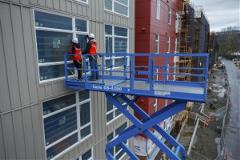 Most terminology used in training and compliance will change in the new standards. Aerial Work Platforms (AWPs) will now become known as Mobile Elevating Work Platforms, or MEWPs. The word “mobile” is important because it means that the equipment can be driven, either under its own power or by manual effort; it is not stationary. In previous iterations of the standards, AWPs were classified by product types, such as booms, scissors and so on. In the new standards, MEWPs will be classified as Groups A and B with Types 1, 2 or 3.
Most terminology used in training and compliance will change in the new standards. Aerial Work Platforms (AWPs) will now become known as Mobile Elevating Work Platforms, or MEWPs. The word “mobile” is important because it means that the equipment can be driven, either under its own power or by manual effort; it is not stationary. In previous iterations of the standards, AWPs were classified by product types, such as booms, scissors and so on. In the new standards, MEWPs will be classified as Groups A and B with Types 1, 2 or 3.
Every MEWP has a Group and a Type. Group A will refer to work platforms that are always directly over the equipment’s chassis, which means they go up and down and are limited to vertical motion. Examples of these types of products are Genie® GS, AWP, DPL and IWP machines.
Group B will refer to work platforms that do not always stay over the chassis during operation. Examples of these types of products are Genie Z- and S-boom models.
The Type is determined by how MEWPs are driven to, from and around jobsites.
- Type 1 MEWPs are only driven when in the stowed position.
- Type 2 MEWPs are able to be driven while elevated, but the machine’s drive controls are on the chassis.
- Type 3 MEWPs are able to be driven while elevated, and the drive controls are on the platform.
Most of the Genie product line falls into Type 1 and Type 3 MEWPs.
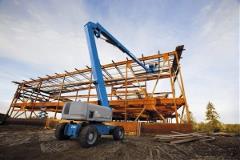 Another significant change in the new standards is that they are now written in a topic-specific format, rather than by product type. Topics include design, safe use and training. These topics will encompass all Groups and Types of equipment, both currently in use and in development. Users and operators need to be aware of this change as it will affect their certifications. After the new standards are implemented, certifications will reference the Group and Type of MEWPs the operator has been trained on.
Another significant change in the new standards is that they are now written in a topic-specific format, rather than by product type. Topics include design, safe use and training. These topics will encompass all Groups and Types of equipment, both currently in use and in development. Users and operators need to be aware of this change as it will affect their certifications. After the new standards are implemented, certifications will reference the Group and Type of MEWPs the operator has been trained on.
These language and terminology changes in the new standards are a reflection of what will work best in a global industry, which will allow for easier trade of new and used equipment worldwide. This gives Genie and its customers the ability to grow and leverage opportunities wherever they decide to do business.
Related Posts
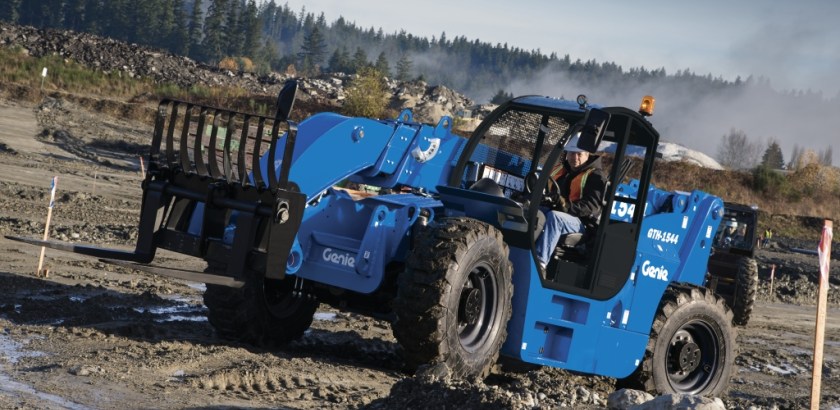
What You Need to Know About the ANSI/ITSDF B56.6 Revision
In May 2016, the US safety standard for Rough Terrain Forklifts, ANSI/ITSDF B56.6, was revised.
Continue Reading
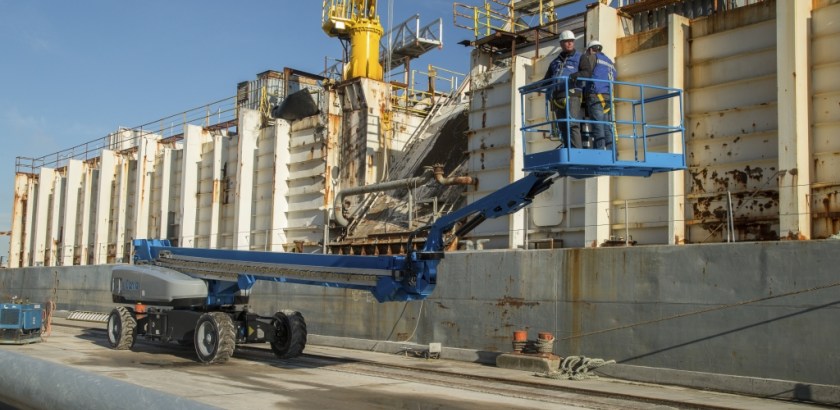
Changes to the ANSI and CSA Standards You Need to Know About
The current ANSI and CSA standards for safe use and training have not been updated for many years (the current ANSI boom, scissor lift and manually propelled standards were last updated in 2006, and CSA standards go back even further).
Continue Reading
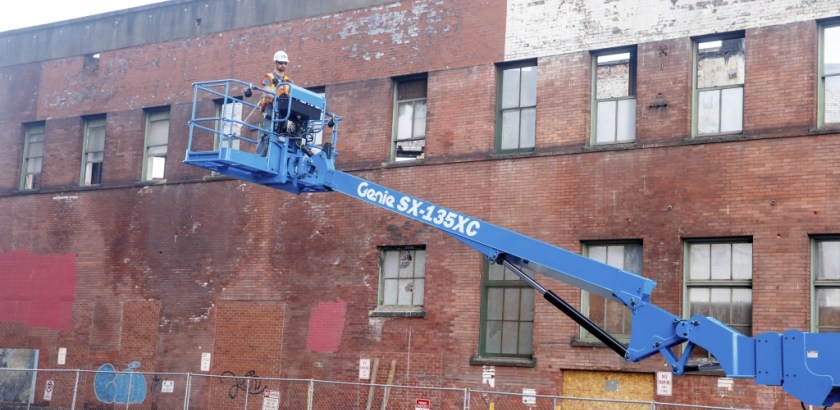
Recap of the Pending ANSI/CSA Standards - Everything is Changing
ANSI (United States) and CSA (Canada) standards have, for almost four decades, provided best practices for safe, reliable access to work at height and have delivered a consistent benchmark for safe machine design in North America.
Continue Reading


